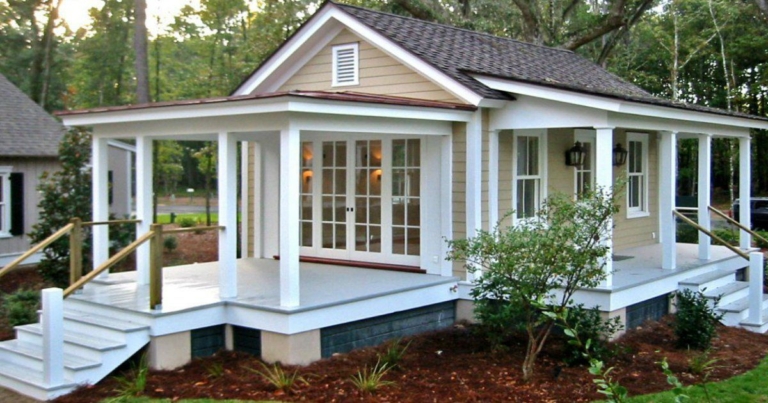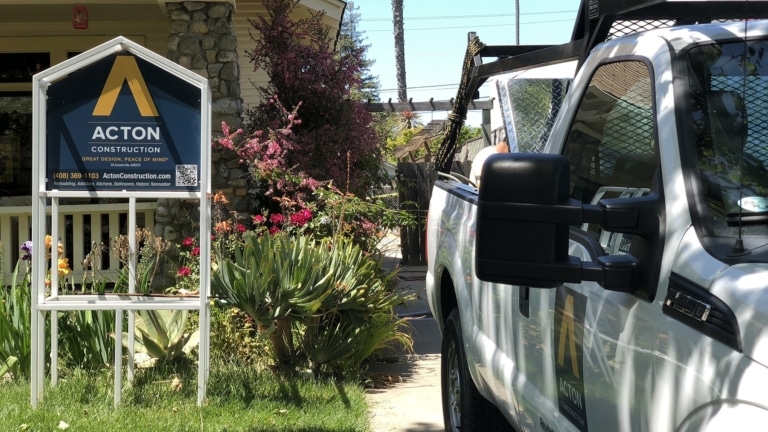How an Accessory Dwelling Unit Can Boost Your Property Value
You may choose to build an accessory dwelling unit for any number of reasons. Some have aging parents that will be more comfortable living on their property. Others are hoping for an extra place to relax and find peace.
The return on your investment will depend on a great deal on the use you will get from your unit. Let’s take a look at some options.
1. Detached Units
An accessory dwelling unit is a secondary property that occupies the same structure or lot as the primary property. Unlike a condo or co-op, it cannot be purchased separately.
An external ADU is a small house or single-family home on your property. It may have its own kitchen, bathroom, and bedroom.
An ADU will require its own utility hook-ups and appliances. It will also require materials to construct.
Some homeowners choose to invest the equity they have in their homes in a cash-out refinance that allows them to add an extra structure. Other finance options are also available.
Detached houses can be used for multiple purposes. You may, for example, choose to create a pool house that can also be used to house guests who come to visit. If you are an artist, dancer, or musician, it can be a place where you practice without disturbing the other members of your home.
More commonly, folks may choose to house aging parents in a separate unit on their property. It allows them some independence while still being close to family in case assistance is needed.
The median cost of assisted living in the US is about $4,000 per month. This can add up to around $48,000 per year and can be as much as double or triple in the Bay Area. A low monthly rent paid to children can save your parents a great deal of money on living expenses.
External ADU’s must have their own foundations. This requirement excludes mobile homes.
The main advantage of a detached unit is that they have their own entrances, and provide more privacy than attached options.
2. Attached External Units
Attached external units are structures that share at least one wall with the main house. They have separate entrances and utility hook-ups.
They are a shorter distance away from the plumbing, electricity, and cable lines that are already in place.. They have its benefits, but any time you’re attaching a building to an existing structure, there can be complications. Pre-existing conditions, unknowns, and structural engineering requirements are all budgetary considerations when attempting to build an attached ADU to your primary home.
A popular use for attached external units is a separate apartment for growing children. If they are going to school or beginning their careers close to home, it provides them with a semi-private space at an affordable price, with access to the comforts their parents can provide.
Attached or detached external units are also often used as “man-caves” or “she-sheds” that can give you a safe haven apart from your busy family, or a place to work.
You can also display sports memorabilia or artwork that wouldn’t fit with the rest of the house.
A woodworking space, home theater, or game room will likely appeal to potential buyers. It may not, however, appeal to other members of your home that there will be noisy entertainment going on in another section. An external unit will give you the privacy you need for this kind of expansion.
3. Attached Internal Units
Attached internal units that are fully integrated into the structure of your home. They may be located in the attic or basement.
Internal units may or may not have separate entrances and often require the least amount of privacy. As a rule of thumb, they can also be complicated to build based on local regulations.Internal units have utility hook-ups that are already in place in the main home. If you are considering using your unit to house an ailing parent or disabled child, it may be the best way to ensure that you can provide medical assistance immediately if it is required.
Internal units may be a safe haven for a teenager who is outgrowing the room he shares with his brother but is not yet ready for the dorm room. As your family grows, the ADU will develop a new purpose.
4. The Value of An Accessory Dwelling Unit
Accessory dwelling units may wear many hats during their lifetime. You may, for example, turn your child’s apartment into your parents’ home when they move out.
A home with an accessory dwelling unit can pass through generations in your family, with older parents moving into it and passing it along to their own children.
For this reason, homes with an extra unit are a hot commodity in the real estate market. In some cases, it may improve a home’s value by up to 51%.
ADU’s may get assessed based on their marketability, internal factors, and size. You will get the most return on a structure that you took the time and care to build properly.
As always, you will want to check with your municipality on laws and requirements before creating an extra dwelling on your property. And most importantly, make sure you find the right partner.
Get Building
Peace of mind, extra space, and a great place to escape to are all reasons to consider building an accessory dwelling unit. Your cozy hideaway will benefit you and your family for generations to come.
For more information on beautiful accessory structures, view our work today.






